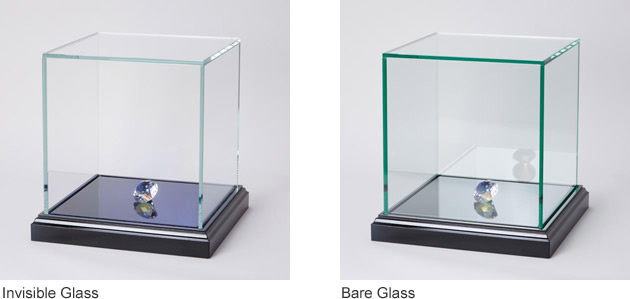

However, the process used to create this bond diminishes its ability to shed water, meaning they don’t work quite as well as PDMS polymers at repelling water. On the other hand, FAS polymers like Aquapel chemically bond with your glass, allowing them to last an extremely long time. This means that they are better at getting water off of your windshield, but they are more susceptible to erosion from external factors like friction from windshield wipers, UV rays, and extreme temperatures.

While PDMS polymers like Rain-X have a higher water-shedding ability, they cannot chemically bond with the glass. When it comes to choosing a windshield water repellent, it’s important to consider the difference between PDMS and FAS polymers. PDMS vs FAS: Choosing the Right Water Repellent for You

A higher contact angle means better water shedding. Knowing the contact angle will tell you how easily the water will slide off the glass. While some talk about the surface angle, the contact angle is the true measure of a chemical’s hydrophobic nature. You will often hear people say that these windshield water repellents will increase the surface angle of the water that sits on your glass. The surface area of the water touching the glass is also known as the contact angle. This reduces the surface area of the water touching the glass, allowing it to roll off easily. These hydrophobic properties cause that same water droplet to ball up into a tight sphere. Once you treat this same glass with a hydrophobic polymer, like PDMS or FAS, the glass becomes hydrophobic. When water hits untreated glass, the polar attraction causes it to flatten out and stick to that glass. This is made with a long chain of carbon and fluorine atoms, and similarly to PDMS, it is non-polar. The second most common chemical structure in water repellents is “fluoroalkylsilane,” or “FAS”. For a simpler explanation, PDMS is similar to oil, and as we know, oil and water don’t mix. PDMS is a polymer made up of silicon, oxygen, and carbon-containing methyl groups. This non-polarity is often achieved using a chemical called PDMS. This is where a windshield water repellent comes in. So, in order to make glass hydrophobic, you need to reduce its polarity. This attraction is why water doesn’t naturally roll off of glass. This polarity is similar to that of water, making the water chemically attracted to the glass. This hydroxyl group has a strong polarity because oxygen is electronegative. Glass is made of silicon and oxygen atoms with an occasional exposed “OH” or “hydroxyl group”. To understand how water repellents work, you first have to understand the science behind what makes an object hydrophobic or “afraid of water.” How Windshield Water Repellents Work: The Science Behind Hydrophobic Coatings We’ll also highlight some of the best options on the market and guide you through the pre-application process. In this article, we’ll dive into the science behind how these water repellents work and the advantages they offer. Windshield water repellents can help you achieve better visibility by creating a hydrophobic coating that repels water, snow, and ice. Why You Should Use a Windshield Water RepellentĪs a driver, visibility is crucial for your safety on the road, especially during rainy or snowy weather. What to Do Before You Apply Your Windshield Water Repellent.OUR FAVORITE WINDSHIELD WATER REPELLENTS!.Benefits of Using a Glass Water Repellent.PDMS vs FAS: Choosing the Right Water Repellent for You.How Windshield Water Repellents Work: The Science Behind Hydrophobic Coatings.Why You Should Use a Windshield Water Repellent.


 0 kommentar(er)
0 kommentar(er)
